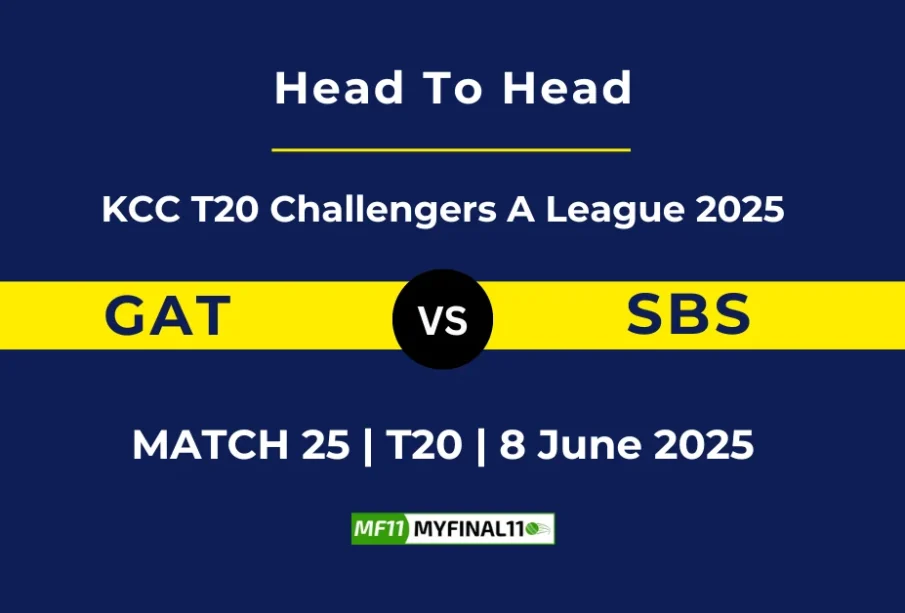GAT vs SBS: Understanding the Differences

Introduction
In the realm of Indian education, assessments such as the Graduate Aptitude Test (GAT) and School Benchmarking System (SBS) play a crucial role in evaluating academic performance and guiding students’ academic futures. Understanding the differences between these two testing methodologies is essential for students, parents, and educational professionals alike, particularly as the entrance criteria for higher studies evolve in India.
Understanding GAT
The Graduate Aptitude Test (GAT) primarily serves as an entrance examination for postgraduate programs in engineering and technology across various institutions in India. Conducted annually, GAT assesses a candidate’s comprehensive understanding of various undergraduate subjects through multiple-choice questions. The results are pivotal for admissions into reputable engineering colleges, making it a significant point of focus for aspiring postgraduate students.
Exploring SBS
In contrast, the School Benchmarking System (SBS) is aimed at evaluating students’ performance at the school level, focusing on foundational skills such as critical thinking, problem-solving, and applied knowledge. Unlike GAT, which caters to higher education aspirants, SBS is intended for younger students, providing educators and parents insight into a child’s academic strengths and areas for improvement. The results from SBS help in tailoring educational approaches to enhance learning outcomes on an individual basis.
Key Differences
Both GAT and SBS serve as evaluation tools, but they cater to different educational contexts. While GAT is standardized and signifies readiness for advanced studies, SBS is more formative and used for ongoing student development. Additionally, GAT typically has a specific and rigorous syllabus that students prepare for, whereas SBS evaluates broader competencies and skills, promoting a holistic approach to education.
Conclusion
In conclusion, the distinction between GAT and SBS highlights the diverse approaches to evaluation in the Indian education system. As higher education becomes increasingly competitive, understanding the significance of both GAT and SBS can aid students and educators in navigating the educational landscape effectively. Looking ahead, the continued evolution of testing methodologies like these will shape the academic journeys of future generations, indicating a shift towards more personalized and comprehensive educational assessments.









